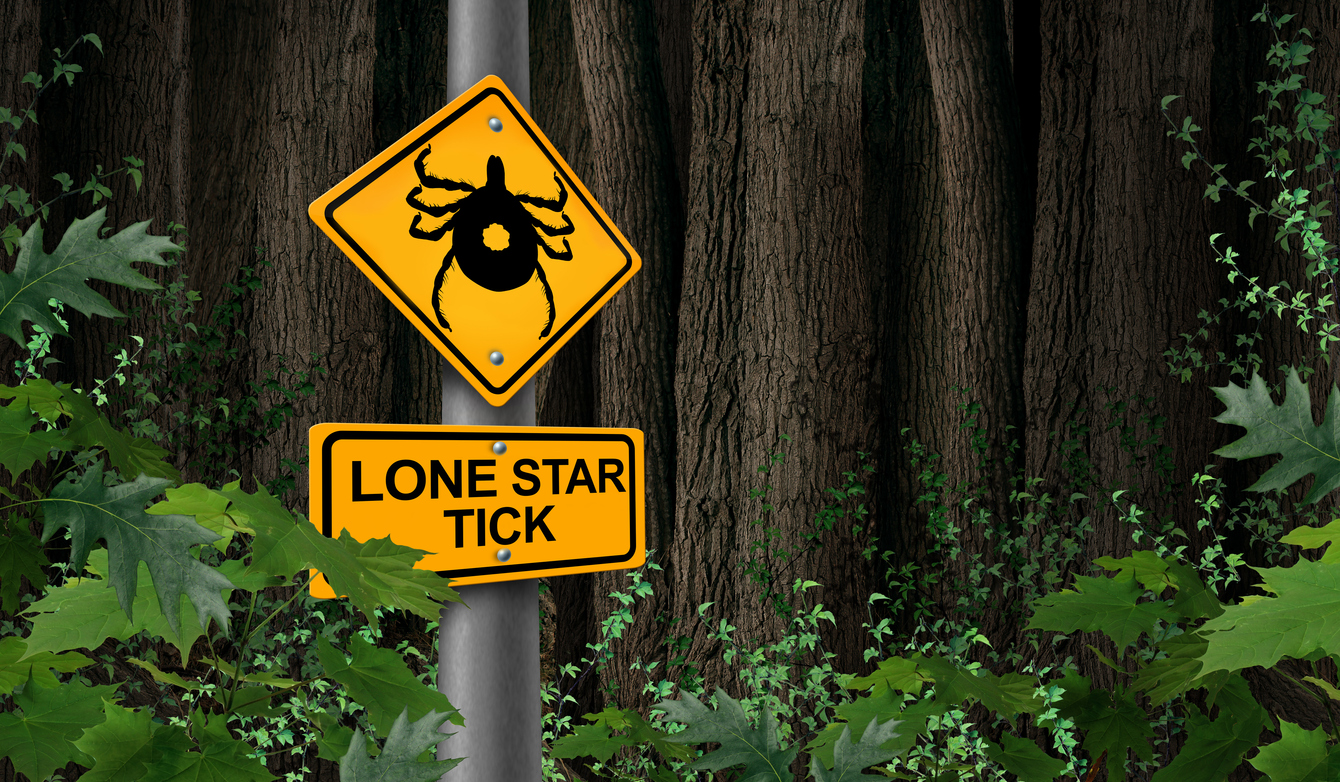Aquidneck Island Goes Green to Battle Polluted Runoff
June 16, 2017
MIDDLETOWN and NEWPORT, R.I. — The ponds that supply the Newport Water System and its nearly 15,000 service connections with drinking water and Aquidneck Island’s popular beaches are being stressed by stormwater runoff carrying nutrients such as phosphorus and nitrogen.
This runoff, polluted as a result of pet waste, geese waste, and agricultural and golf course fertilizers, ends up contaminating drinking-water supplies and beach water.
Luckily, mitigating the impacts of stormwater runoff don’t have to cost millions and take years to complete. For instance, ongoing projects of various sizes on the island have helped and are helping to lessen the impact of polluted water running off acres and acres of impervious surfaces such as roads, roofs, parking lots and even lawns.
As part of its annual business meeting, the Environment Council of Rhode Island recently hosted a tour of some of Aquidneck Island’s “green” infrastructure projects. Two Viking Tours trolleys transported 80 interested souls to seven sites — four in Middletown and three in Newport — for an up-close look at some of the work being done to address this issue — a problem not unique to the island. A popular pond in Halifax, Mass., was recently treated with aluminum sulfate to address phosphorous overloading.
Lauren Carson, a community organizer for Clean Water Action Rhode Island and a state representative from Newport, began the tour by saying that stormwater management is a water-quality issue.
“We need to work together as an island to control stormwater and protect water quality,” she said.
The first stop on the tour took participants to Second Beach in Middletown. The project highlighted there removed pavement along the wall separating the parking lot from the beach, to ease stormwater runoff from the parking area and Sachuest Point Road.
A trench between the pavement and beach has been filled with native sand, soil and sea grass, allowing runoff to be infiltrated and absorbed.
In Newport, at another beach project, Friends of the Waterfront and Friends of King Park, showed off a rain garden installed by volunteers. A downspout from the Wellington Avenue park’s restroom facility directs runoff into the garden, where native plants and mulch collect and filter the water. The King Park rain garden was also built in hopes of inspiring visitors to install similar features on their properties.
Rain gardens are designed to mimic the layered conditions of a forest floor, which naturally filters pollutants. An 85-square-foot rain garden (10 feet wide and 8.5 feet long) 12 inches deep, for instance, can hold and filter about 620 gallons of rainwater.
Newport Water’s reservoirs — seven on Aquidneck Island and one each in Tiverton and Little Compton — experience frequent algae and cyanobacteria (also known as blue-green algae) blooms. The system’s water is safe to drink, thanks to new and upgraded water-treatment facilities, but the quality of the water from the reservoirs in Portsmouth, Middletown, Newport, Little Compton and Tiverton remains a concern.
Brian Zalewsky, of the Rhode Island Department of Environmental Management’s Office of Water Resources, has noted that “excessive phosphorus loading starts to change the ecosystem and public health and habitat concerns are created.”
To help lessen the nutrient overloading stressing these public water resources, a few of the projects highlighted on the June 5 tour dealt with mitigating stormwater runoff. At the intersection of Green End and Paradise avenues in Middletown, for example, pavement has been removed and a bioswale installed to decrease the amount of runoff negatively impacting the heavily stressed Maidford River.
Another project at nearby Hoogendoorn Nurseries is filtering stormwater coming off the nursery before it enters the Maidford River. The nursery had been under state order to address its runoff problem.
“Stormwater going into the Maidford River from Hoogendoorn Nurseries looked like chocolate milk,” said Alex Chuman, stewardship director for the Aquidneck Land Trust.
At Middletown Valley — formerly called Kempeneer Valley — a gravel wet vegetated treatment system was installed to filter runoff from nearby impervious surfaces and lawns within the 45-acre Two Mile Corner area. Trees were also planted. This constructed wetland is designed to reduce bacteria loading into Bailey Brook, which feeds two Newport Water drinking supplies. The Aquidneck Land Trust owns a conservation easement on the property.
Much of the funding for the seven projects highlighted on the tour came from the Green Economy Bond passed last November. Municipal money and private donations also helped fund the projects.
There is, however, at least one catch.
“These systems need to be maintained to work correctly,” Carson said. “If not maintained, they don’t work. But if we keep them working and keep them pretty, the more popular they will become.”
Popularity leads to funding for similar projects.



